Understanding Astigmatism and Lens Solutions
Astigmatism is a refractive error that affects the way light rays enter the eye, resulting in blurry vision. It occurs due to an irregular shape of the cornea or the lens inside the eye. This condition is quite common, with nearly one in three people experiencing its effects to some degree. Thankfully, there are various lens solutions available to correct astigmatism and provide clearer vision.
Astigmatism can cause visual distortions such as blurred or distorted images, eye strain, headaches, and difficulty focusing on objects. It can occur along with other refractive errors like nearsightedness (myopia) or farsightedness (hyperopia). Understanding the nature of astigmatism is crucial in finding the right lens solution to correct it.
Traditionally, glasses have been the primary means of correcting astigmatism. They contain cylindrical lenses that help compensate for the irregular curvature of the cornea or lens. However, for those who prefer an alternative to glasses, contact lenses are an excellent option. Toric lenses are specifically designed to treat astigmatism, providing superior vision correction.
Toric contact lenses have different powers in different meridians of the lens. They stabilize and align with the natural shape of the eye, compensating for astigmatism. These lenses come in soft and rigid gas-permeable materials, and both offer benefits depending on the wearer’s needs and lifestyle factors.
Soft toric lenses are made from flexible materials that conform to the shape of the eye. They provide excellent comfort and are suitable for daily wear. Some soft toric lenses are designed for extended wear, allowing the wearer to keep them in for longer periods without discomfort. These lenses are also available in disposable forms, making them convenient and hygienic.
Rigid gas-permeable (RGP) toric lenses offer superior vision correction due to their rigid nature. They maintain their shape while providing stable and consistent vision. RGP lenses allow better oxygen flow to the cornea, reducing the risk of eye infections. However, wearing RGP lenses requires an adaptation period, as they can feel slightly less comfortable compared to soft lenses.
For individuals with moderate to severe astigmatism, hybrid lenses may provide the ideal lens solution. Hybrid lenses combine the benefits of both soft and RGP lenses. They consist of a rigid center and a soft outer ring, providing clear vision and improved comfort. Hybrid lenses are suitable for individuals who have previously struggled with traditional lens solutions.
Astigmatism can also be corrected with another lens option – scleral lenses. These lenses are larger in diameter and vault over the cornea, resting on the sclera (the white part of the eye). Scleral lenses are particularly useful for individuals with irregular corneas or severe astigmatism. They provide excellent visual acuity, stability, and comfort.
Consulting with an optometrist or ophthalmologist is vital in identifying the best lens solution for astigmatism. They will conduct a thorough examination of the eyes and prescribe the most suitable lenses based on the individual’s prescription, needs, and lifestyle. Proper care and maintenance of the lenses are essential for maintaining good eye health and optimal vision correction.
In conclusion, astigmatism is a common refractive error that can be effectively corrected with the right lens solutions. Glasses, soft toric lenses, RGP lenses, hybrid lenses, and scleral lenses are some of the options available to individuals with astigmatism. Understanding the nature of astigmatism and seeking professional guidance can help individuals find the right lens solution to achieve clear, comfortable vision.
